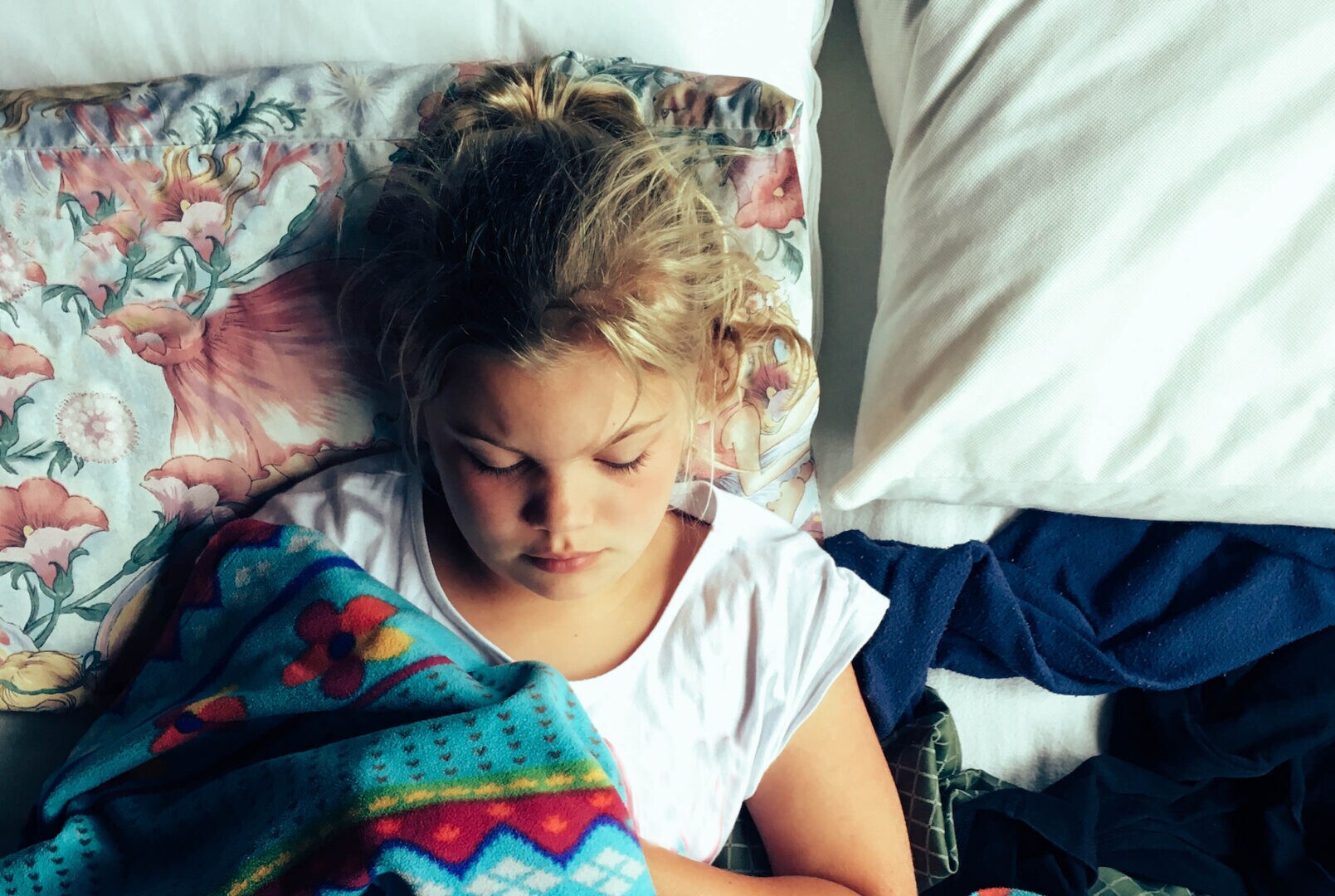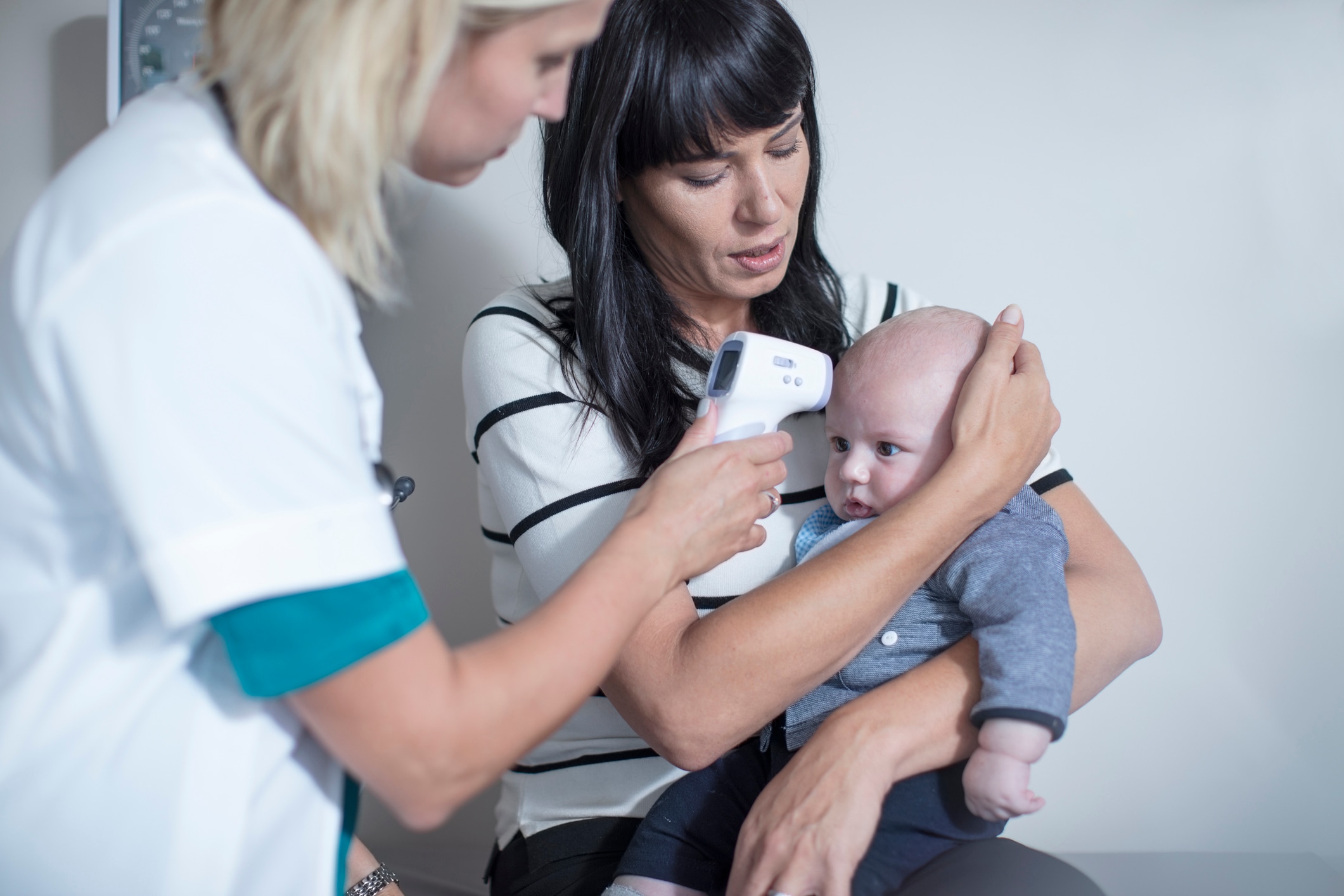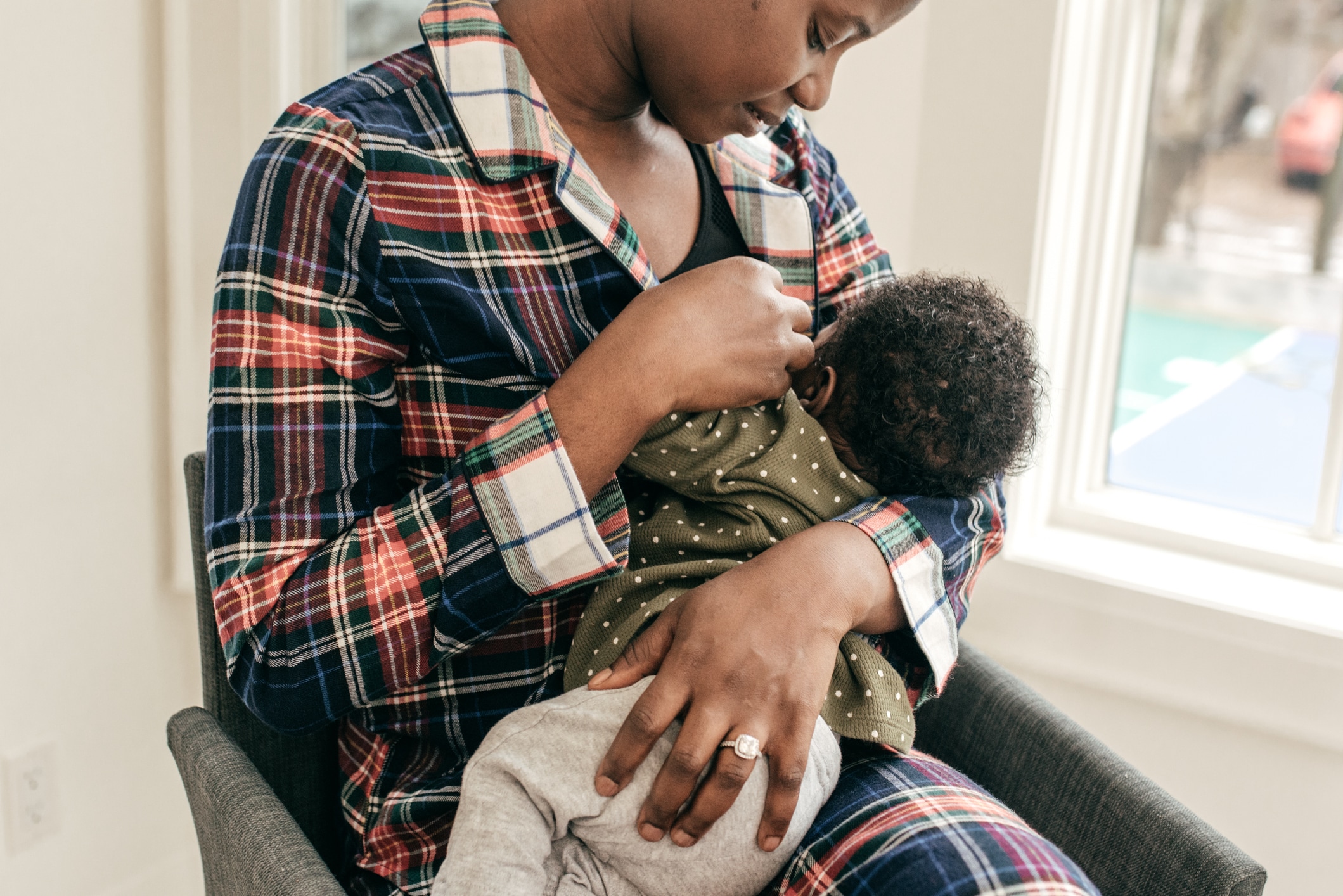More than 243,000 new child COVID-19 cases were reported during the first week of September, according to the most recent report by the American Academy of Pediatrics (AAP). That makes the week of September 2 through September 9 the second-highest week for child cases since the start of the pandemic, and children now account for 28.9%, or just over one in four, of new COVID-19 cases reported.
Last week’s case numbers are a slight decrease from the previous week’s 251,781 new child COVID cases; however, it’s still evidence of what the AAP calls an “exponential increase” in the number of kids with the virus. More than 750,000 child cases have been added since the week of August 5, and CNN reports there has been a 240% increase in cases of the virus in kids since July.
Why are more kids getting sick?
Unfortunately, the start of the new school year seems to be playing a role in the rapid rise of COVID in kids. In Mississippi, 18,825 children tested positive for COVID-19 during the first month of the new school year, according to state data. In Texas, at least 45 different school districts have been forced to temporarily suspend in-person learning due to the number of virus outbreaks and exposures.
Many states are reporting COVID cases numbers many times higher than any previously seen. The Philadelphia Inquirer reports the number of Pennsylvania kids currently sick with COVID is 10 times higher than it was at this time last year. In Maine, the number of COVID cases in children and teens is 25 times higher than it was just two months ago, according to a report by the Bangor Daily News.
Unfortunately, as the number of sick kids goes up, so does the number of children who get severely ill or succumb to the virus. In Florida, the number of child deaths from COVID has doubled since August, according to a report by Politico. Ten children under the age of 16 died from July 30, 2021 to September 9, 2021. Prior to July, only seven children had died from COVID in Florida since the start of the pandemic in 2020.
Is there any good news?
Though the number of cases, hospitalizations and deaths among children has continued to increase, a recent CDC report shows the delta variant is not more severe in children than other COVID variants. Prior to the delta variant taking hold in the U.S. in late June, about 26.5% of children with COVID required care in the ICU, and 0.7% died. From June 20 through July 31, after the delta variant became the dominant strain, about 23.2% of children needed ICU care, and 1.8% of sick children died.
The CDC report says the recent increase in hospitalizations and deaths “coincides with widespread circulation” of the delta variant, and “the proportions of hospitalized children and adolescents with severe disease were similar before and during the period of delta predominance.” In other words, the increase in severe child COVID cases is likely due to the fact that the U.S. has a higher number of cases overall. It is not evidence of increased severity of the virus.
There is also encouraging evidence that safety measures like masks, COVID testing and vaccination for those eligible can help slow transmission to kids. In San Francisco, the public health department recently announced there have been no school-related outbreaks since classes resumed on August 16. The current health department guidance for schools in San Francisco requires universal mask-wearing indoors, regular testing of all school personnel and contact tracing.
What can we do to keep kids safe?
Pfizer recently announced plans to pursue approval for the use of their COVID vaccine in children as young as 5. Parents can most likely expect those vaccines to be available by early next year, according to the Centers for Disease Control and Prevention (CDC).
In the meantime, the CDC and the AAP encourage schools to implement universal indoor mask-wearing to prevent COVID transmission. They also recommend physical distancing, increased ventilation, hand-washing and other layered safety measures to prevent more kids from getting sick.





